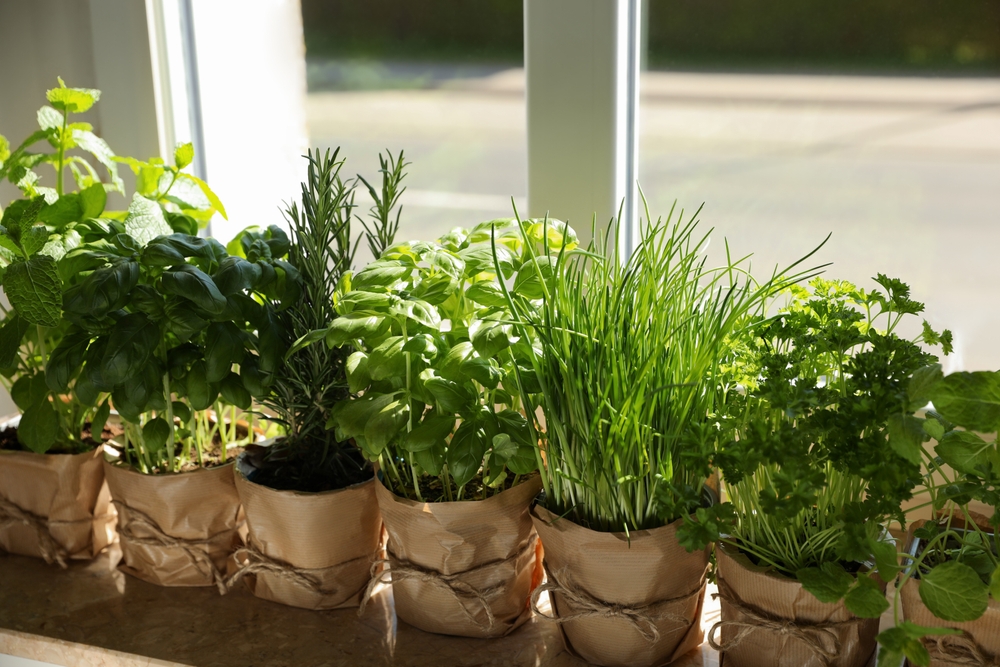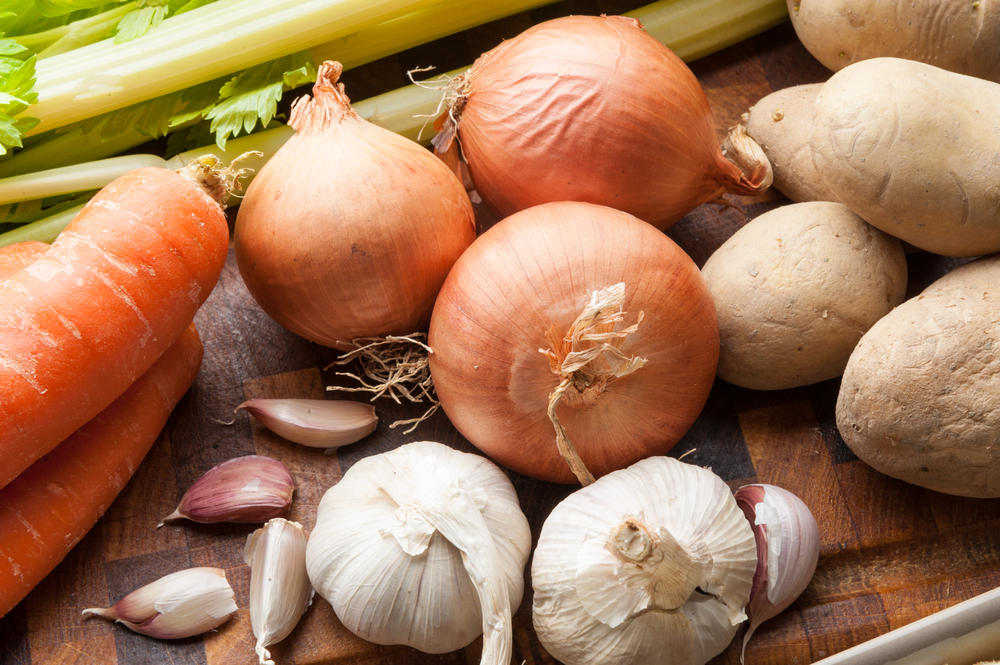You’d be forgiven for thinking that you can’t make soup without stock. Surely it tastes bland and won’t be as wholesome and satisfying as stock-based soup?
That’s where you’re wrong.
You don’t need stock or broth for soup to be delicious and filling. Some of the best, full-flavoured soups have no stock at all but still taste incredible.
This blog will dispel the myth that soup without stock is boring and tasteless. The next time your stock supplies are totally depleted, here’s how to make mouthwatering soup without stock.
5 Easy Steps to Making Soup Without Stock
Any soup, stew, or casserole made with stock will pack a powerful, meaty punch. It’s rich, soothing, and bursting with complex flavours. But there’s a time and a place for everything – and that includes soup stocks.
Meat stock or bone broth will add intense flavour to any recipe. But you don’t want chicken or beef to overpower your homemade minestrone and ruin the taste of those delicious, fresh vegetables. Similarly, even mild chicken stock will compete with fishy or delicate soups that require more subtle ingredients.
If you think vegetable stock is the answer, you’re wrong again. It can work wonders in soups or stews containing a host of ingredients. But you don’t want it clashing with other flavours if you’re trying to make one or two ingredients stand out. Cream of mushroom soup should predominantly taste of mushroom rather than carrot, celery, or vegetable broth.
Think of stock as a luxury, not a necessity. After all, many soups and stews like this classic beef stroganoff recipe create their own stock while they cook and produce great flavour.
So, if you don’t have a freezer full of quality stock on hand, here’s what else you can do to make ultra-delicious, stock-free soup.

1. Substitute Stock with Plain Water
There’s a perfectly adequate soup base on tap (no pun intended). Water is the ideal substitute for stock and will extract all the main flavours in your soup without adding its own.
Many Mediterranean countries like France and Italy have been making water-based soups for centuries – just be careful not to overdo the water or add too much liquid. Vegetables already contain plenty of water, so factor this in when measuring the ingredients or your soup could become too thin. If this happens, there are many ways you can thicken soup such as blending any chunky vegetables or adding cornflour.
Using water instead of stock is a great idea when making potato soup as it brings out the intense flavour of potatoes. Tomato soup also tastes lighter and sweeter with water than it does with stock. Similarly, you can fully appreciate the sweet-savoury tang of caramelised onions when you make French onion soup with water instead of beef broth, which can be overpowering.
Substituting stock with water also works well with meaty soups and stews like this delicious cheesy chicken and rice casserole as the liquid draws out the flavours and perfectly cooks the rest of the ingredients.

2. Adjust the Seasoning
Water-based soups and stews require a different approach to seasoning than recipes with stock.
Stock or bouillon are naturally salty and generally don’t require extra salt and pepper to season them up. However, stock-free soups are easy to underseason, so make sure you add a little at a time and taste as you go along to avoid overdoing it.
For example, if you replace vegetable stock with water in this spicy chunky summer vegetable chilli recipe, make sure you regularly check the season to find the perfect balance.

3. Add Plenty of Herbs and Spices
Did you know you can omit salt and pepper altogether from your cooking and still produce mouthwatering stock-free soups and stews?
Adding a variety of subtle herbs and spices is a simple alternative to traditional salt and pepper seasoning. Not only does this brings the best out of the other ingredients, but it also means you can lay off the salt and enjoy the fresh flavours in your dish.
Basil, garlic, cayenne, dill, and celery seeds all provide a fragrant twist to any soup or casserole and are cheap to buy too! A little cumin, coriander, chilli, or curry powder will complement any soup and give it a new lease of life. Similarly, marjoram is the perfect herby partner for a variety of vegetable soups including minestrone, onion, and potato soup.

4. Pack in the Aromatics
Being generous with aromatic vegetables is one of the biggest secrets to making stock-free recipes. The more onions, garlic, celery, carrots, or leeks you can add to your soups or stews, the better they will taste.
If you’re using this method, consider increasing the aromatics by around 25% to make up for those that are usually present in basic stock. This will help build layers of flavour, especially if you give the ingredients time by simmering slowly and gently.
You could also puree any larger vegetables into a smooth soup for a more sophisticated finish. Similarly, you may prefer to replace stock in a stew or casserole with a can of condensed cream of tomato soup to create a robust, stock-free base. This hearty sausage meatball goulash recipe combines fresh ingredients with canned soup to create a quick, mouthwatering meal.

5. Introduce Robust Flavour Hits
There are lots of robust ingredients and accompaniments you can add to stock-free soup that intensify the depth of flavour.
Even a couple of dashes of soy sauce will give a simple soup a gorgeous umami-style savoury kick. For a more powerful flavour boost, you could stir in classic accompaniments like garlicy pesto, spicy harissa, or savoury miso paste and lift the flavour to a new level while also introducing a different texture.
And if you’re really looking for a quick flavour-fix for stock-free soup, just a little squeeze of lemon juice, a splash of white wine, or a few dashes vinegar work perfectly well.
Do You Know How to Make Soup Without Stock?
Have you got your own secret method for making soup without stock? Take some photos and tag us on social media, we’d love to hear from you!